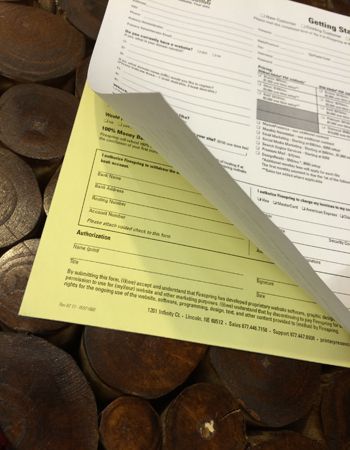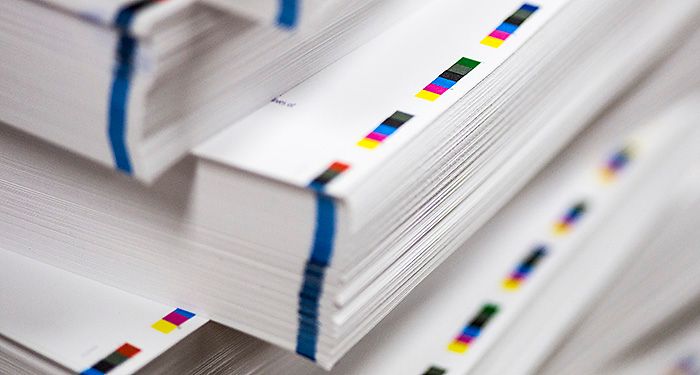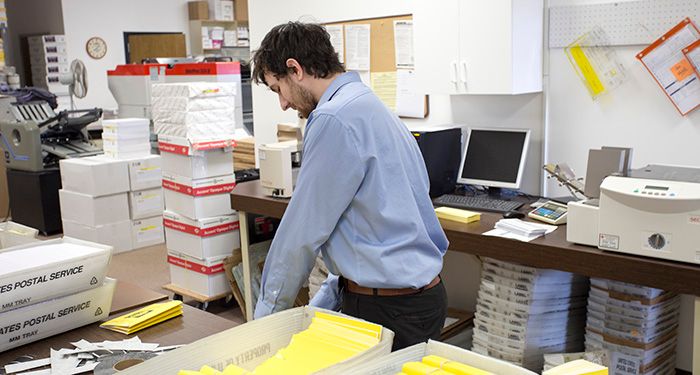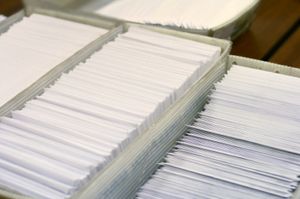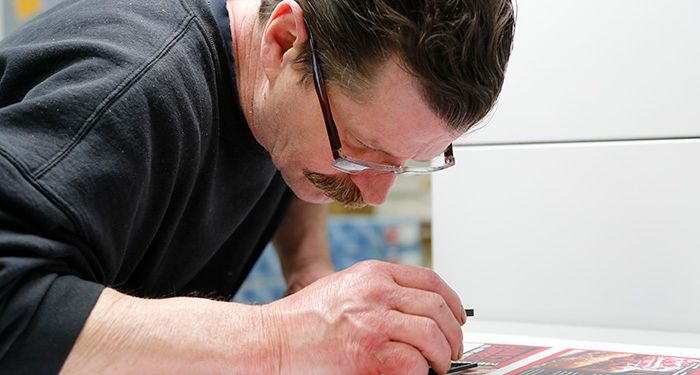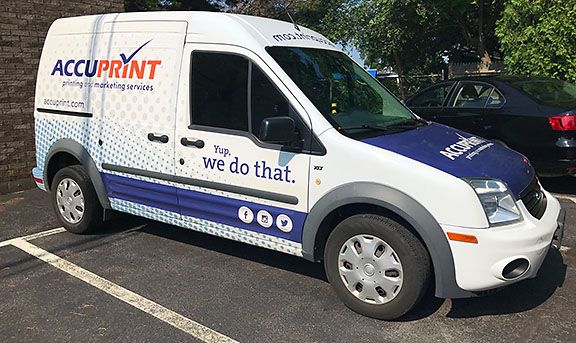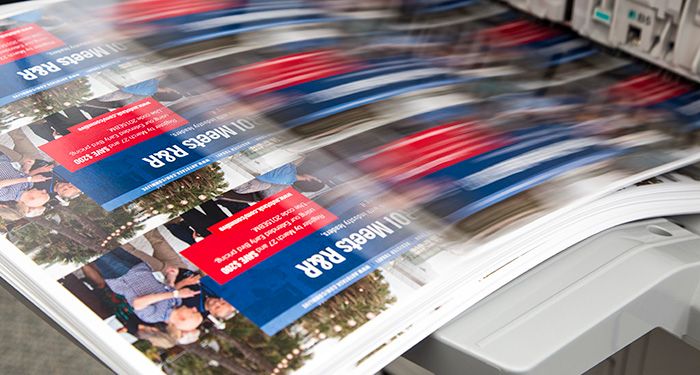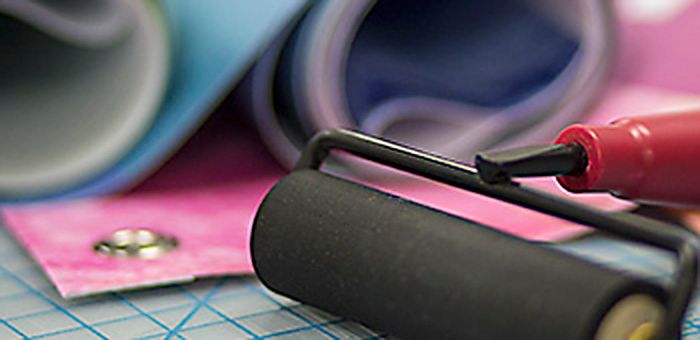Developing an Effective Brochure
Keeping Control
There was once a television anchor that kept a typewriter on his desk at all times. The computer age had taken most newsrooms by storm, including his, but he was looking for security; a little bit of control in case the computers crashed just before he had to go on the air. We’ve all felt that way before. If you’ve ever had the desire to control the external communications of your company, developing an effective brochure should be the first thing you do.
Though the age of technology is booming around us, a printed brochure will never go out of style. The content should be focused on the direct message, the look should grab the attention of the reader and special consideration should be given to the placement of the finished product. By choosing the avenue to display or distribute your brochure you can virtually guarantee your customers ease in coming to you.
Brochures allow for the convenience of brief, targeted messages directly in the hands of prospective customers. They ensure the portability that means your message can follow them to their work place, until they have a spare minute between appointments or after lunch. Brochures can be printed in a variety of ways, allowing you to determine your own cost basis. They can be as simple as black and white copy on a tri-fold sheet or as complex as text combined with full-color graphic images and photographs on several pages of glossy paper. A built-in benefit of the brochure format is that it also allows customers to easily pass on your information to others.
Crafting the Message
The beauty of a blank page is that you can fill it with whatever you choose. There are generally two types of brochures to consider when deciding what will work best for you. A call-to-action brochure is usually meant for the general public or a wide range of people where an informative brochure is usually targeted at a specific audience.
If a call-to-action brochure is what you need, you will want to give a brief history of the organization or business you’re highlighting. This type of brochure generally is broad in scope. Your goal is to inspire a group to either join your organization or bring their business needs to you. An informative brochure is what you need if educating your audience about a specific function or product is the goal. Often a customer will ask for more specifics about your company and, in this case, an informative brochure including some history as well as current operations will be welcomed.
Both formats are effective if done right. It’s important to keep the following rules in mind. Keeping information general will extend the shelf life of your finished product. Never include specific dates or names if your goal is to use this for a number of years. Consider printing a separate insert with service or product pricing if it’s likely to change in the near future. This will allow you to reprint one page instead of the entire brochure each time something is changed. Keep your copy brief and eye-catching. Bold-faced fonts and headlines will catch the attention of your reader and draw their attention to your message.
If given the choice between a great deal of information and a color picture that evokes emotion, reduce your text and include the picture. Emotion is what we base our purchasing decisions on. A well-placed photo is more likely to capture the attention of your audience and evoke some emotion than a paragraph of text.
The Glass is Half Full
Optimism sells! When you’re writing your copy, always look for a positive way to deliver the message. Always assume a sale, new customer or financial contribution. Focus on the benefits to the audience; everyone likes to think they’re getting something out of the decisions they make. Tell them what great service they can expect if they come to you to service their car, or what a great feeling they will get from helping someone else in need. This is the time to sell yourself!
Always stress a benefit over a feature. Features are great for information. “This is what my product can do.” Instead, try telling your audience what that feature will mean to them. “This feature will save you time when you come to us for service.” People always like to know that they’re getting the most for their time and money.
Print enough brochures so that you can cover all the bases. Place them on your countertop and make sure to restock regularly. Ask if you can distribute them at the offices of organizations or companies in related fields to help spread the word. Remember the brochure will do your speaking for you. Always include your address, phone number, website and e-mail address so readers can easily seek out more information.
Always carry copies of your brochure with you. They make a very professional first impression for your group or business and provide much more information than a business card. Better yet, attach a business card to your brochure so you can be prepared to promote your organization wherever you go.
The purpose of a brochure is to gain something directly from the use of the brochure (i.e., recruit volunteers, gain financial support, educate prospective customers, etc.). Be sure that all elements of your brochure support its purpose. The copy, visual elements, and distribution plan should all be in line with your final objective.









